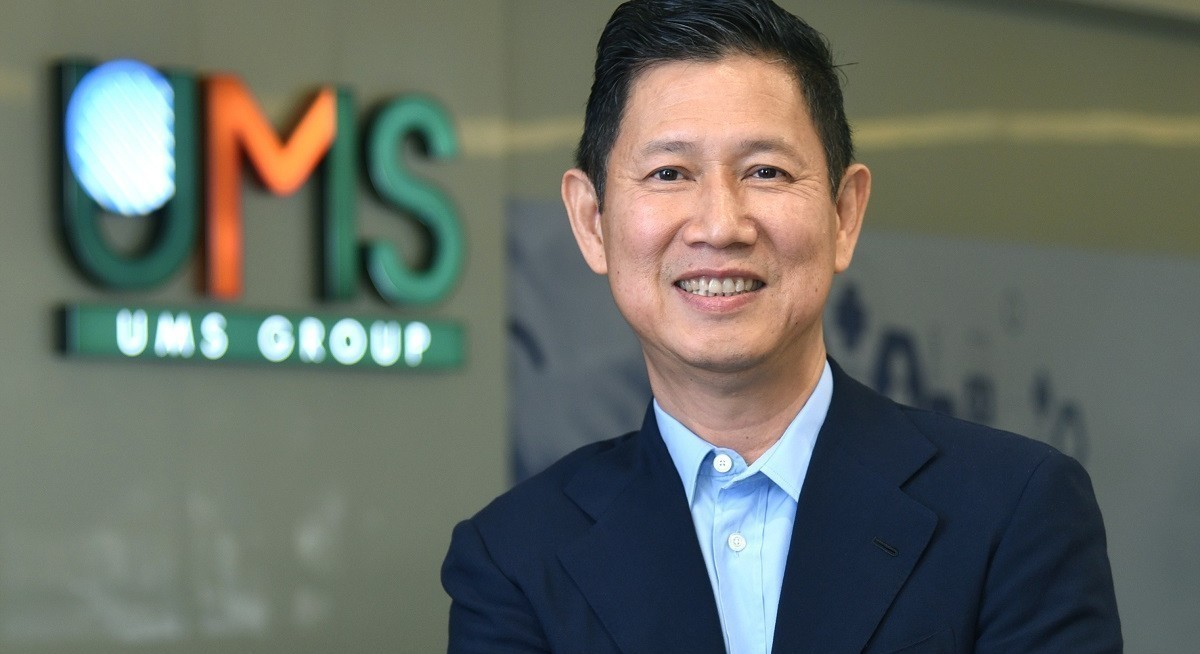On a quarterly basis, the group’s sales surge in 2QFY2025 was driven by a 27% increase in its semiconductor segment which was offset by a 14% decline in aerospace sales and a 7% dip in revenue in the "others" segment.
The lower Aerospace revenue was mainly due to a delivery push-out by one of its customers, while the softer performance of the others segment was caused mainly by the weaker material and tooling distribution business.
The group’s semiconductor integrated system sales leapt 36% y-o-y to $28.2 million in 2QFY2025. Component sales also climbed 20% from S$25.5 million to S$30.6 million during the same period. Compared to 1QFY2025, both semiconductor integrated system and semiconductor component sales increased.
Geographically, Malaysia, Singapore and Taiwan posted sales increases while the US and others posted lower sales.
See also: Marco Polo Marine's FY2025 earnings up 169.7% y-o-y on one-off gains and higher chartering income
Malaysia's 270% y-o-y sales for the 2QFY2025 surge came from the stronger order flow from the group’s new major customer while Singapore's sales climbed 15% y-o-y on the back of higher overall semiconductor sales.
For the 2QFY2025, Taiwan revenue improved 3% from more component spare sales, and lower aerospace component sales caused US revenue to decline by 9%. Sales in the "Others" market also fell 12% mainly due to weaker material/tooling distribution business.
For the quarter, the group improved its bottom line despite incurring higher expenses and foreign exchange loss of more than $2.8 million. Meanwhile, personnel costs increased 16% y-o-y due to higher overtime costs and bonus provision made, and depreciation expenses jumped 33% y-o-y due to the addition of machinery.
See also: LHN Limited earnings at $20 mil for FY2025, down 57.6% y-o-y from net fair value losses
On a half-yearly basis, semiconductor sales rose 17% y-o-y and aerospace revenue increased 2% y-o-y. Sales in others dipped 9% y-o-y in the reporting period.
All the group’s key geographical markets except for Malaysia and Singapore posted softer sales in the first half of 2025.
For the first half of 2025, a better bottom line was achieved despite a decrease in finance income, higher expenses and a foreign exchange loss of $3.9 million which was offset partially by a $1 million gain from the disposal of fixed assets.
Overall, the group’s cash and cash equivalents fell to $59 million as at end June.
“The group, with its new Penang facilities, will be a key beneficiary of the global chip sector rebound as well as the rising shift of global semiconductor supply chains to the region, especially Malaysia and Singapore – where its two key customers have committed major expansion plans,” says Andy Luong, UMS’ CEO.
Following the successful secondary listing in Bursa Malaysia this year, the board of UMS Integration has declared a second interim dividend of 1 cents per share, bringing the total dividend payout for the half year to 2 cents.
Shares in UMS Integration closed 3 cents lower or 2.041% down at $1.44 on Aug 12.




